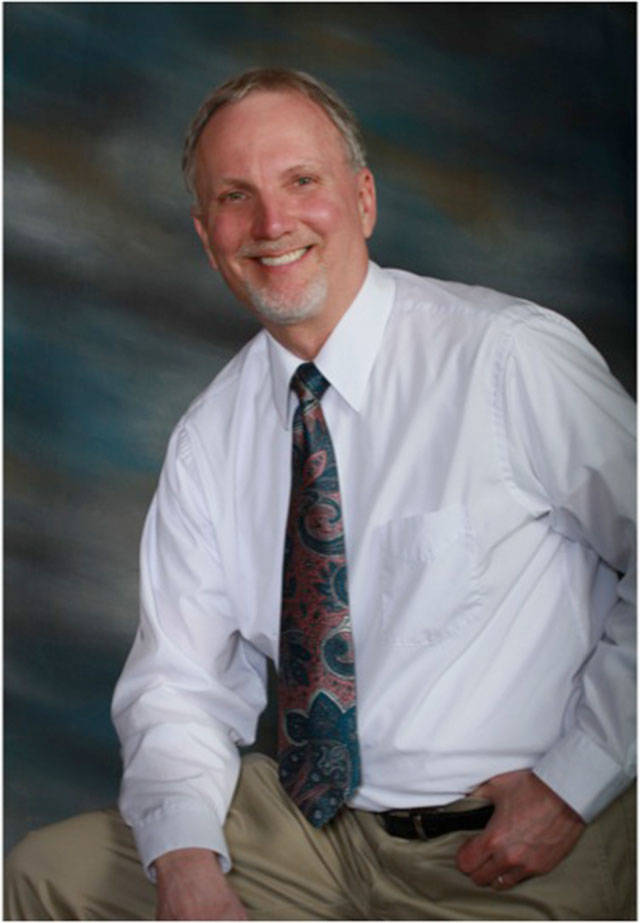Unlike the COVID-19 pandemic of 2020, there was another worse pandemic between 1918-20, which killed at least 50 million worldwide and possibly as many as 100 million. It was incorrectly called the Spanish Flu. According to research done by John M. Barry in his book, “The Great Influenza,” it actually began at Fort Riley, Kansas, an army base. From there it spread to Europe and infected millions of soldiers on both sides of the trenches in what we now call World War I.
What is most amazing about the book, in my opinion, is not about the flu, but the state of medical knowledge and practice in the United States in the decades preceding the pandemic.
Most people don’t know that medicine was very primitive in the U.S., so backward that most of us would be shocked. The story of that medical ignorance was somehow remedied by a few doctors, most of whom attended Johns Hopkins University in Baltimore. They changed the whole system with enormous advances in medicine just before the pandemic outbreak. That story needs telling.
Barry writes: “The chief enemy of progress (in medicine), ironically, became pure reason.” For almost 2,500 years, treatment of patients by doctors made little progress.
Maybe you’ve heard of Hippocrates, who lived around 460 B.C. in Greece. He is considered the father of modern medicine. He and his associates observed nature, but they did not probe it. At the time, human dissection was unthinkable. Decisions were made by watching and then logic and reason were applied. For some human ailments like coughing, Hippocrates reasoned correctly that it must be caused by phlegm in the chest.
Six-hundred years later, Galen, the physician, improved upon Hippocrates’ theories because he observed and then dissected animals and treated wounded gladiators before they died. Their wounds gave him a glimpse into what the body looked like inside. No autopsies were permitted. He brought order to the observations of Hippocrates, using reason to draw conclusions.
He, like the followers of Hippocrates, believed that illness resulted from an imbalance in the body that could be restored by treatment. Getting a sick person to sweat, urinate, defecate or vomit would solve most illnesses. Harsh laxatives and purgatives were used on patients. From Galen’s reasoning, the practice of bleeding patients was thought to restore the body’s balance. Some of these practices continued until late in the 19th century.
By the early 1500s, three physicians came up with alternate approaches: Paracelsus decided that observation, experimentation and reason should be the guiding principles. Vesalius started dissecting human cadavers. He found Galen’s findings based on dissected animals to be deeply flawed. Fracastorius, an astronomer, mathematician and botanist, theorized that sickness came as a result of an “infection of the imperceptible particle” – a predecessor to the germ theory. None of these men’s discoveries had much influence on medicine at the time.
There were others, like Harvey, who traced the circulation of blood, one of the greatest achievements until the late 19th century. James Lind discovered that limes cured scurvy in 1753, helping to make Britain a great naval sea power.
In 1793, Edward Jenner learned from a milkmaid that the pus from cowpox gave immunity to smallpox. But Jenner’s greatest contribution was his methodology.
One of the realizations of modern medicine in the late 19th century came out of the discovery that “biology does not lend itself to logic.”
The term, “doctor” went to anyone who claimed the title. In 1871, “No medical school in the United States required entering students to have either any scientific knowledge of a college degree, neither did any American medical school emphasize science… In no medical school did students use a microscope.” Medical school physicians at the end of the 19th century got paid by how many students attended their classes. No autopsies were performed, nor were patients examined. Getting a medical degree came as a result of listening to lectures and passing a written test.
Three things changed medicine to what we have today:
• discovery of the germ theory;
• thousands of American students studying medicine in Europe, especially Germany, discovering what real medicine looked like and how it should be practiced;
• the high standards created for all medicine by Johns Hopkins around 1900. The Hopkins standard relied on chemistry, physics research and experimentation. Johns Hopkins gathered some of the greatest physicians of its age to study, experiment and teach at its institution. The Hopkins’ example, according to Barry, “forced other institutions (in America) to follow its path or disappear.”
In 1840, Jacob Henle formulated modern germ theory. In 1860, Louis Pasteur proved that “living organisms, not chemical chain reactions, caused fermentation” (infection). Joseph Lister applied their theories to operations, insisting on antiseptic conditions during surgery. His applications, according to Barry, “slashed the percentage of patients who died from infections after surgery.”
In 1876, a German, Robert Koch, through careful research, discovered the complete cycle of the anthrax bacillus. In 1882, Koch, using germ theory, discovered the cause of tuberculosis, one of the major killers of the age. In 1883, Koch determined that contaminated water caused cholera. These were the some of major killers of the era.
All these medical advances of the late 19th and early 20th centuries raised the standards of medicine, which allowed physicians trained with these new theories and techniques to be able to isolate and treat the Great Influenza that began in 1918 and spread to the whole world.
Today, we have the efforts of a new breed of doctors and medical techniques developed before World War I to thank in keeping us alive during the COVID-19 pandemic.


